Marketing Collateral 2025: The Ultimate Guide to Winning Materials

In today’s crowded digital landscape, your marketing collateral is more than just brochures and PDFs—it’s the silent ambassador of your brand. By 2025, businesses leveraging high-impact, strategically designed materials will dominate their niches, while those relying on outdated assets risk fading into obscurity.
This guide cuts through the noise to deliver what really matters: actionable insights into crafting collateral that not only captures attention but drives measurable results. From AI-powered templates to conversion-optimized designs, you’ll discover how top performers turn mundane materials into revenue-generating tools—plus, unlock free, ready-to-use resources to fast-track your success.
What Is Marketing Collateral
Marketing collateral - often referred to as collateral marketing materials - encompasses the strategic collection of branded assets that serve as your company's frontline communication tools. In today's multichannel business environment, these materials go far beyond simple brochures or flyers to include any content designed to:
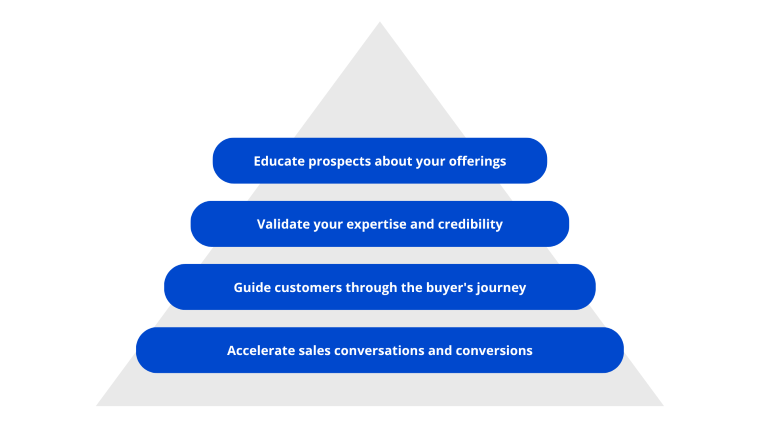
Why Marketing Collateral Is Crucial for Brand Success
In today’s fiercely competitive digital environment, marketing collateral acts as your brand’s quiet yet powerful representative—building credibility, guiding prospects, and driving action.
Unlike temporary advertising campaigns, these strategic materials deliver compounding value by educating prospects at every stage of their buyer's journey while maintaining consistent brand messaging across all touchpoints.
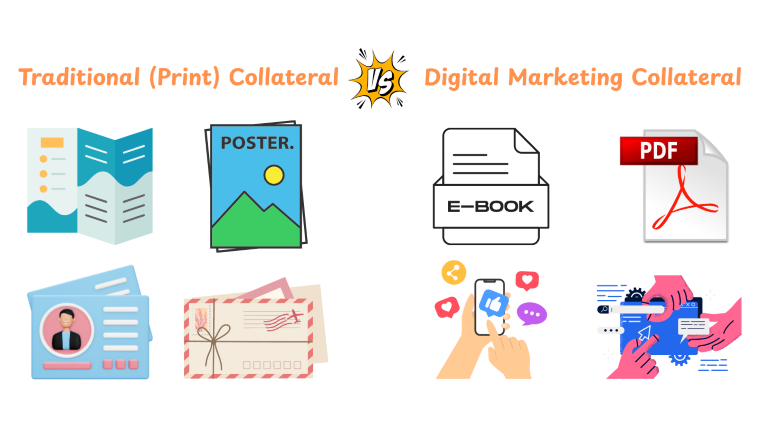
1. Builds Unshakable Brand Trust
Marketing collateral shapes first impressions—often before a single word is read. From embossed business cards to interactive digital marketing collateral and professionally designed brochures, these materials reflect your brand’s attention to detail and professionalism. In a competitive digital space where alternatives are just a click away, cohesive collateral marketing materials help build trust and set your brand apart.
| Get Started Now to Grow Your Online Business with the Best AliExpress Dropshipping Tool - DSers! |
2. Accelerates Lead Conversion
Well-developed collateral materials play a pivotal role at each phase of the customer journey, supporting sales efforts from start to finish. Top-of-funnel content like white papers and guides sparks initial interest, while product comparison sheets and solution briefs help prospects evaluate their options.
Toward the decision stage, well-prepared case studies and tailored proposals offer clarity and confidence. When aligned with customer intent, collateral marketing materials can significantly improve lead quality and shorten the conversion cycle.
3. Delivers a Seamless Customer Experience
Today’s buyers move fluidly between channels, expecting consistency whether they’re engaging with a printed brochure or a digital marketing collateral asset.
From design to messaging, well-aligned materials create a unified brand experience. Simple navigation, mobile responsiveness, and clear calls to action are key elements of effective marketing collateral design that support a frictionless journey.

|
Manage Multiple Stores In One Account Multiple Stores Management - Link and manage multiple stores on different platforms in one place |
4. Empowers Sales Teams
Effective marketing collateral examples do more than inform—they equip sales teams to close deals. Tools like battle cards, interactive catalogs, and customizable pitch decks help tailor communication to different audiences. As sales processes evolve, adopting smart, flexible collateral formats allows teams to respond quickly and deliver relevant value in every interaction.
5. Provides Actionable Insights
Unlike traditional branding efforts, marketing collateral—especially digital formats—offers measurable results. Engagement can be tracked via download rates, content views, or embedded CTAs.
These insights allow businesses to refine content, improve targeting, and ensure that every asset supports clear marketing goals. High-quality collateral marketing materials are not just informative—they’re performance-driven tools for growth.
Types of Marketing Collateral (With Examples)
Understanding the different types of marketing collateral is essential for building a strong, cohesive brand strategy. Each category of marketing collateral has a unique function, helping move leads from initial awareness to final purchase. Below are four primary types, along with examples and recommended practices.
1. Print Collateral: Tangible Brand Touchpoints
Despite the rise of digital, print marketing collateral still plays a vital role—especially in face-to-face interactions and offline campaigns. These materials create lasting impressions and support trust-building through tactile engagement.
Common print collateral includes:
- Business cards and postcards for networking
- Brochures and product catalogs for trade shows
- Personalized letters for direct mail campaigns
Current trends in print marketing collateral:
- QR code integration linking to digital marketing collateral
- Eco-friendly materials (e.g., seed paper, recycled stock)
- Variable data printing for personalized content
Print materials remain essential in industries where physical interaction drives engagement.
2. Digital Marketing Collateral: Online Engagement Tools
Digital marketing collateral is the backbone of modern lead generation and nurturing strategies. These assets are easily shareable, trackable, and scalable—making them ideal for data-driven marketing.
Key digital collateral examples:
- E-books and whitepapers (high-performing lead magnets)
- Branded social media kits for user-generated content
- Interactive PDFs with clickable product demos
- Webinars and video series that educate and convert

|
Insightful Guide to Start Dropshipping An ebook with all key points to start a dropshipping business that is sustainable and profitable in 2024 |
Best practice: Use mobile-optimized formats and CTAs to guide users to the next step.
Digital marketing collateral often outperforms print in lead generation, thanks to its interactivity and reach.
3. Sales Enablement Materials: Conversion Accelerators
Effective marketing collateral design can significantly empower sales teams. These assets are created specifically to answer objections, highlight ROI, and close deals faster.
Examples of sales-focused collateral:
- Product one-pagers and feature sheets
- Real-world case studies with measurable results
- Pitch decks tailored for different buyer personas
- Competitor comparison charts that simplify decision-making
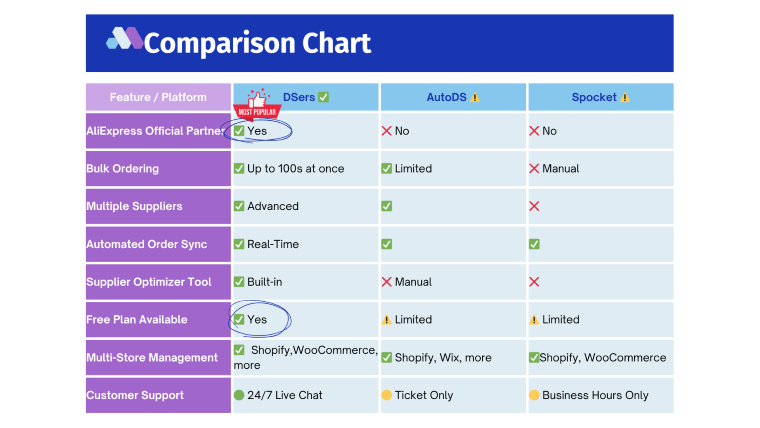
Well-designed sales collateral ensures consistency and confidence throughout the buyer’s journey.
4. Branding Collateral: Consistency Guardians
Consistent branding—both visually and in messaging—is essential across all platforms and customer touchpoints. These materials ensure all teams—internal and external—follow the same guidelines.
Essential branding collateral includes:
- Style guides outlining color palettes and fonts
- Provide logo packages that include format variations and clear usage guidelines to maintain brand integrity.
- Brand manuals that define tone, voice, and mission
- Email templates with on-brand layouts
Branding collateral is critical for franchises, distributed teams, and businesses navigating mergers or rebranding.
By understanding and leveraging the right types of marketing collateral, businesses can build trust, increase conversions, and reinforce brand identity across every customer touchpoint. Whether you're exploring how to define marketing collateral, create standout digital marketing collateral, or need compelling marketing collateral examples for inspiration—strategic execution is key.
How to Create High-Converting Marketing Collateral
Creating effective marketing collateral in 2025 requires more than just attractive visuals—it demands strategic design, brand consistency, and user-focused execution. Here's how to build high-converting collateral marketing materials that truly deliver results.
1. Core Design Principles for Maximum Impact
Great marketing collateral design hinges on three foundational principles:
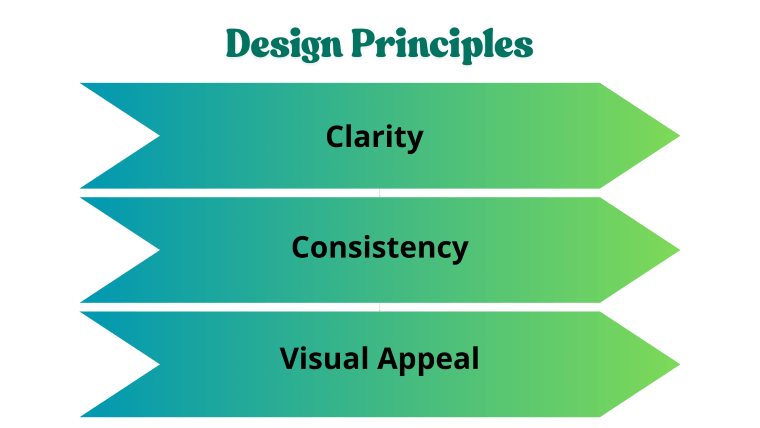
Clarity
- Focus on one core message per piece to prevent information overload
- Use a clear visual hierarchy: headline → subhead → body text → CTA
- Use generous white space to enhance clarity and give your design room to breathe.
Consistency
- Maintain uniform brand colors and typography throughout all assets to ensure a cohesive look and feel
- Maintain standard logo placement and consistent tone of voice
- Apply the same design language across print and digital marketing collateral
Visual Appeal
- Use high-quality photography or custom illustrations to build credibility
- Visualize complex data through clean, simple infographics
- Add interactive features—such as clickable elements or animations—to digital collateral to boost user engagement
2. Strategic Branding Choices That Matter
🎨 Color Psychology in Collateral Design
- Blue: Builds trust (ideal for finance and healthcare)
- Green: Signals growth and sustainability
- Red: Evokes urgency, making it a strong choice for limited-time offers and promotional campaigns.
🔤 Font Pairing Rules
- Combine one decorative font with one clean, legible typeface
- Limit use to two or three font families per asset
- Ensure readability on all devices, especially mobile
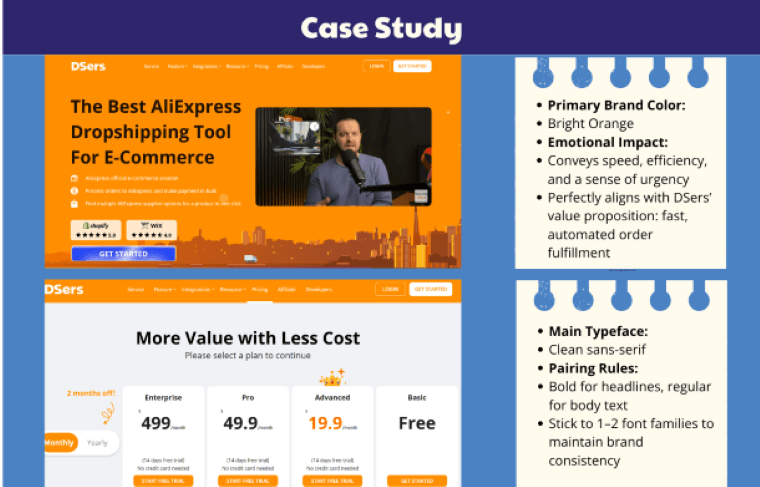
3. Common Design Mistakes to Avoid
Avoid these costly pitfalls to ensure your marketing collateral performs:
5 Data-Driven Strategies to Optimize Marketing Collateral
Marketing collateral is no longer static. In 2025, high-performing teams are using real-time data, SEO, and personalization to refine everything from print brochures to interactive digital marketing collateral. Here's how to keep your materials effective and conversion-focused.
1. Audience-First Content Strategy
The best marketing collateral starts with knowing exactly who you're speaking to. Whether you're targeting B2B decision-makers or B2C consumers, personalization is critical.
2. SEO Optimization for Digital Marketing Collateral
Your digital marketing collateral should be discoverable and search-friendly. PDFs, ebooks, and case studies often rank on Google, if optimized properly.
Best Practices for Digital Asset SEO:
- File Names: Use descriptive, keyword-rich names (e.g., 2025-digital-marketing-collateral-guide.pdf)
- Metadata: Embed titles, keywords, and descriptions in PDF properties
- Alt Text: Add image descriptions for accessibility and search indexing
- Internal Links: Connect to related blog posts, landing pages, or services
3. Mobile-First Design Essentials
With 60 %+ of users accessing marketing materials via mobile, mobile-first collateral design is no longer optional—it's the baseline.
Must-Check Mobile Elements:
- Readable fonts and line spacing for small screens
- Tap-friendly buttons (at least 48×48px)
- Simple, vertical layout with no pinch-to-zoom
- Compressed images for fast load times
4. Set Up a Performance Tracking Framework
To treat marketing collateral as a growth engine—not just a branding tool—you need to measure what works.
5. Establish a Regular Content Refresh Cycle
Outdated marketing collateral can hurt trust and performance. Establish a clear update calendar to keep everything relevant.
Recommended 2025 Update Schedule:
- Quarterly: Update data points, team bios, pricing
- Biannual: Refresh visual design, swap in new case studies, update templatesAnnually: Major updates like format changes (e.g. print to digital), branding revamps, legal compliance
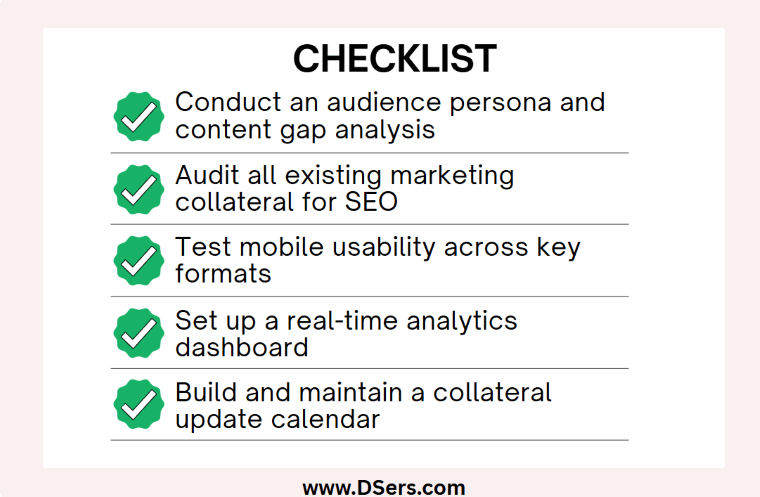
If you're still asking "what is marketing collateral and how can I use it effectively?", these strategies show that smart, data-backed design can turn your marketing materials from static assets into scalable revenue drivers.
Marketing Collateral FAQs
Q1: What’s the difference between marketing collateral and advertising?
Marketing collateral supports the full customer journey—like brochures, case studies, or product one-pagers that explain what you do and why it matters.
Advertising is short-term and focused on getting quick action, such as clicks or purchases.
Think of it this way: a brochure helps someone decide why they should trust you; an ad pushes them to act now.
Q2: How do I measure the ROI of marketing collateral in 2025?
For digital assets, track downloads, time spent, and lead conversions using tools like Google Analytics or your CRM.
For print, QR code scans and promo code redemptions are key.
To really gauge ROI, link each piece to actual results—leads, sales, or meetings booked.
Q3: What digital marketing collateral works best in 2025?
The basics still work: eBooks, whitepapers, webinars, and product catalogs.
But interactive content is rising—like clickable PDFs, video demos, and even AR/VR experiences.
Focus on content you can reuse across platforms to save time and boost impact.
Q4: How do I create quality marketing collateral on a budget?
Use free tools like Canva or Adobe Express. For visuals, try Unsplash or Pexels.
Hire freelancers if needed—Fiverr or Upwork has great options.
Q5: Where can I get free marketing collateral templates?
Try HubSpot, Canva, and Google Slides for easy-to-use templates.
Creative Market also offers free weekly downloads.
Look for templates by industry to speed up customization.
Conclusion
The difference between forgettable collateral and high-performing assets comes down to one thing: execution. Now that you’re armed with the latest strategies, templates, and real-world examples, it’s time to put them to work.
Start small—refresh one piece of content, test a new format, or personalize an existing template—but start today. Because in 2025, the brands that win won’t just have great products; they’ll have collateral that makes every interaction count.
Your next customer is waiting. Let’s make sure they see your best.










 Company
Company
 Why Choose DSers
Why Choose DSers
 Blog
Blog
 Help Center
Help Center




 Live Chat
Live Chat